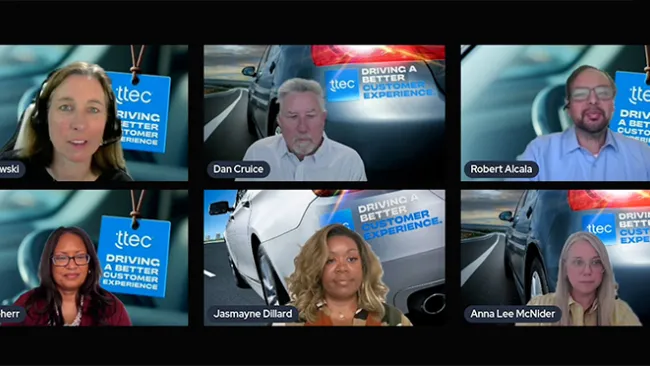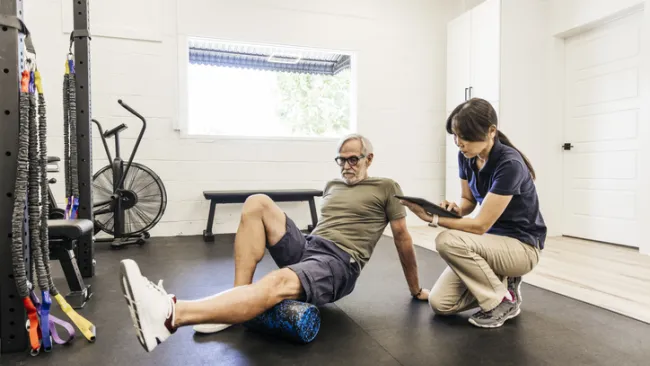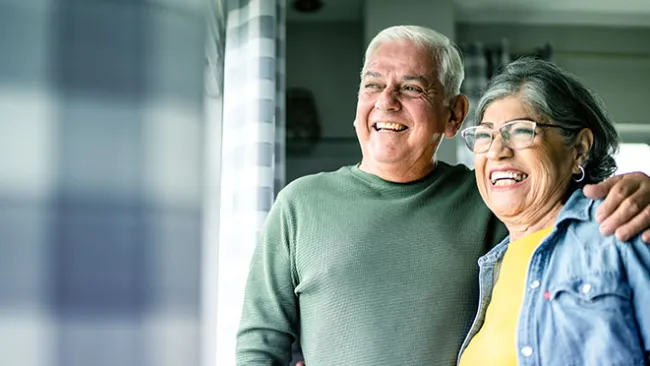Even when we’re healthy, neither stressed nor time-pressed, the healthcare system can be painful to navigate. For those weakened by debilitating medical conditions or worry, the circuitous and opaque system can undermine care and ultimate health outcomes, too.
Alpa Vyas sees a better future for healthcare, one where an individual’s needs are anticipated and care is personalized by leveraging patient feedback, analytics, and technology that yields insights and new ways to enrich the experience.
“It’s about listening more effectively to the information that is being provided by our patients,” said Vyas, the chief patient experience and operational performance officer at Stanford Health Care, one of the nation’s top-ranked hospitals and part of the Stanford Medicine ecosystem.
She shared with Customer Strategist her perspectives on the patient experience today, where it can go next, and the role artificial intelligence can play to get there.
Customer Strategist: How would you characterize the state of the patient experience across healthcare in the U.S. today?
Alpa Vyas: We're definitely getting better.

We have come a long way from where we were about 10 years ago. There’s more incorporation of the patient experience into organizational strategy and how you leverage the patient experience as a market differentiator.
The next bastion of work is interconnectedness – on drawing conclusions between a patient/family experience, overall health outcomes, and the experience of physicians and staff.
CS: Chief challenges to faster progress?
Vyas: Burnout, staff shortages, consolidation.
There’s probably a headline every other day about a hospital that might be closing its doors and patients still need care. Equity, the experience, the wellness of staff, and then financial viability — it’s a very complicated equation to manage.
CS: What’s your personal philosophy about the patient experience?
Vyas: In most organizations, when you think about patient satisfaction, you look at data and data is really important. But to me, there is a person, a patient, a family member behind each one of those data points. How do we make sure we don’t get lost in the numbers, and personify what those data are telling us is really important?
Starting with empathy is really important in our work.
How do we unburden patients and families from the stresses of navigating a super complex system because when you’re well, managing the complex situation is difficult. How do we just let patients and family members focus on getting better or focus on what’s really important in that moment, which is their health.
That’s the place I come from. What can we be doing to improve? How, from an operations perspective, do we need to rethink our systems and processes and even from a recruitment standpoint.
CS: What role does recruitment play?
Vyas: It’s about ensuring that we are recruiting those individuals who share our philosophy. For those with an orientation toward service, the work becomes easier because these are people inclined to look for solution, make things easier, and solve problems versus somebody who isn’t service-oriented.
CS: What role do you see for artificial intelligence to enhance the patient experience?
Vyas: AI is absolutely an area of focus on for us. We collect a lot of information, whether from traditional surveys or ambient data that’s floating around in our systems or social media.
How do we listen more effectively to the information provided by our patients? And how do we use AI, machine learning, and other applications to extract the insights faster, and then get that into the hands of operational and clinical leaders who can then do something with it.
CS: Do you have examples of how AI can help?
Vyas: Automating work that is very manual right now. Scheduling processes. Are there ways to build algorithms to help us better triage? Messaging.
There are some pretty distinct guardrails that need to be applied, especially when you’re dealing with somebody's health privacy. There has to be careful consideration about how to leverage this. There is extremely cautious interest in seeing how large language models and things like that can be applied.
CS: Tell me about patient experience initiatives at Stanford Health Care.
Vyas: We just did a refresh of our patient experience strategic plan.
Stanford Health Care is part of Stanford Medicine, which has a very aspirational, integrated strategic plan. Importance is placed on ensuring that the patient experience is part of our strategy, which then gets translated into our operating plan.
Patient experience is one of our four main pillars of focus. That sends a great message to our teams about where we’re going to spend time and energy. Then for me as a leader, I can do the work of connecting the dots to create a vision and plan.
CS: What’s your plan?
Vyas: We have five key strategies. First is creating an empathetic culture. That includes inclusivity and social justice.
Second: How do we simplify? It sounds fairly simple, but it’s really hard to do in a complex environment. How do we make it easier for people to get access, especially when access is becoming more difficult in many areas? It’s about care and coordination. We can make sure that X-ray gets scheduled for you and ensure that patients understand what is happening in their plan of care—understanding in plain language, the language of their choice.
The third is what I call the connected experience. There’s a lot that we can think about with information we already have about patients and families in our system. How do we aggregate and synthesize that information to create a highly personalized experience, not in a creepy way, but in a proactive way.
Fourth area is modernizing measurement. This is something I feel very passionate about. How do we solicit feedback from patients and ensure we are asking about things that are important to them? The traditional way of surveying patients needs to evolve.
CS: Has Stanford Health Care made progress in measuring patient experience improvements?
Vyas: Yes. We are capturing more feedback and voices since we transitioned to a more real-time approach. We’re able to more quickly translate that feedback into insights for our operational teams.
The healthcare industry needs to continue to adapt and learn as our patients’ expectations change. Creating more flexible ways to measure what is important to patients and focusing on the improvements will help us achieve better outcomes overall.
CS: What is the fifth strategy of your patience experience strategic plan?
Vyas: The last strategy is to take advantage of where we are that’s so wonderful: an academic medical center. How do we extend that research mission into areas like the patient experience. We’re really lucky to have many faculty interested in studying the impact of patient experience on health outcomes.
We’ve got about a dozen active research projects right now, and I think that’s a unique position for Stanford to contribute to the broader knowledge about the patient experience in the next 10 years.















